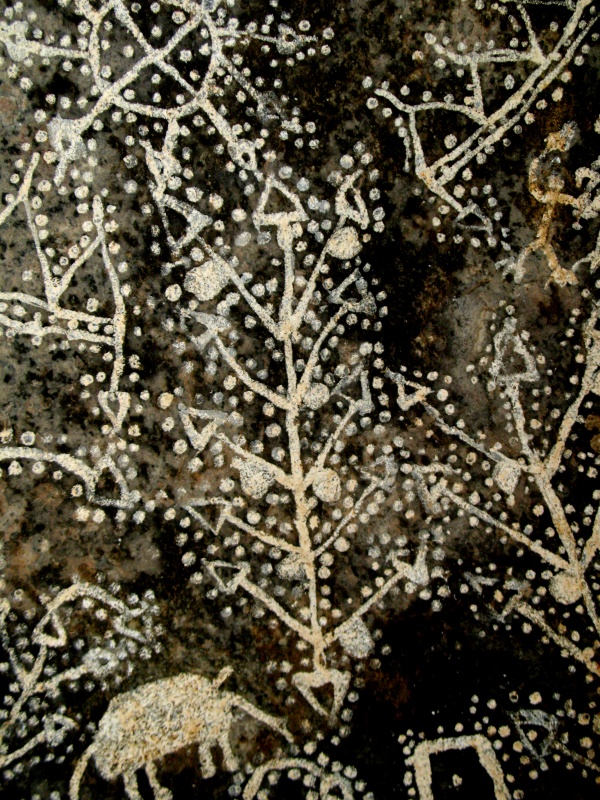
Latitude: 12.747000N, Longitude: 78.346000E
Source:- https://www.megalithic.co.uk/article.php?sid=31691
It is always interesting to be drawn into history. So, here is a story to highlight the ignored ancient (Neolithic new Stone Age 10,000 BCE to 3,000 BCE or Megalithic Iron Age 1,500 BCE to 500 BCE) history of Kangundi in Kuppam, Chitoor, Andhra Pradesh, India.
The Eastern Ghats of India are a discontinuous range of mountains that run parallel to the eastern coast of India. They are ‘tors’ (small heaps of granite rocks) of geological antiquity with isolated hill ranges formed much before the collision of Indo-Eurasian plates.
Kangundi-Kuppam is 400 kms South of Hampi in Karnataka which lies on the Deccan Traps– world’s largest volcanic features, consisting of layers of solidified basalt laid down when the Indian Plate was migrating over the Reunion hotspot after breaking off from Gondwanaland 66 million years ago. Therefore, like Hampi, Kangundi-Kuppam has many inselbergs (large heaps of rocks) and tors primarily of granites and charnokites.
Sometime in 2009-2011, K V Subramanyam discovered a Neolithic cave in the inselberg of Kangundi. The site is a natural hillock of black sandstone with some fissures where human access, although difficult, is possible. In one of these openings Subramanyam discovered a number of rock art paintings, including one of a man hunting, and others of white coloured standing humans with red ochre on them. His estimate of the age of the art is between 1,200 BCE and 800 BCE.
When compared to the rock carvings in Bhimbetka near Bhopal, one can conclude that the painting being very similar, may be as old i.e., 10,000 BCE to 40,000 BCE (source https://www.mptourism.com/destination-bhimbetka.php).
So, it’s time to explore history of Kangundi afresh and, ‘bouldering/ climbing in culture’ is the one of the best ways to do it.
I would like to thank Shri PS Munirathan Garu (‘garu’ is a respectful Telugu endearment for an elder irrespective of sex) and his brother Prof Dr Chokkalingam Garu for this opportunity through Mahavtar Babaji Tadekam Foundation to serve the people of Kangundi and Kuppam.